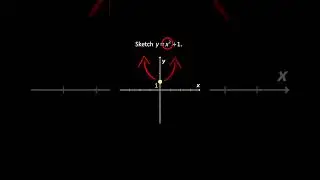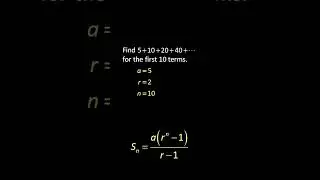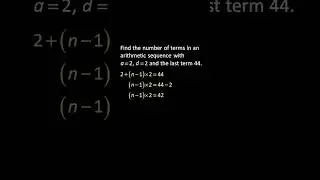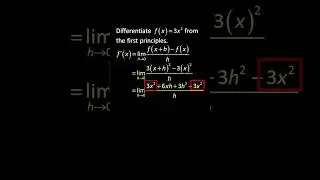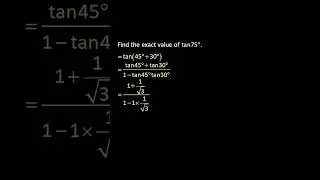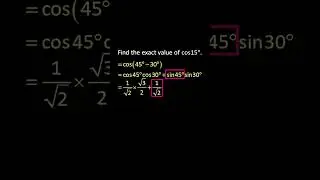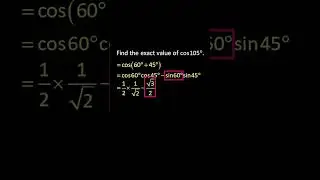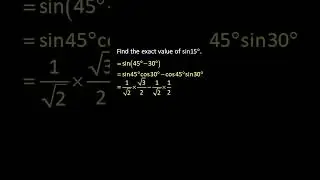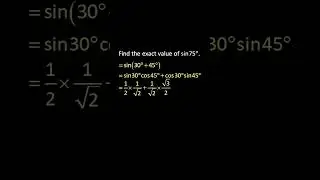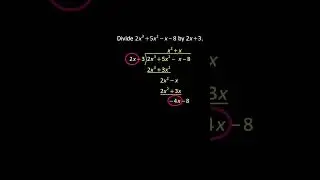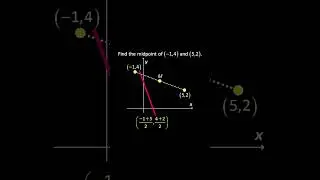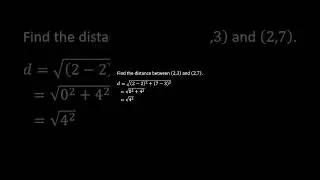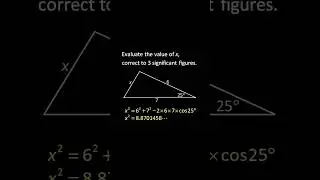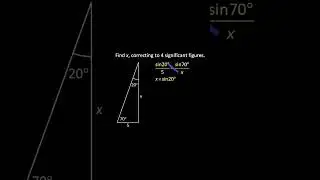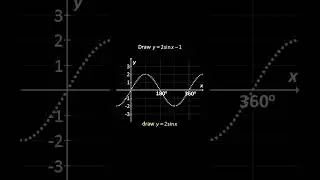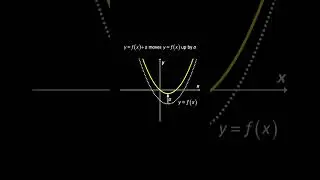💯 An Ultimate Guide to Writing a Thematic Essay
📢 Receive Comprehensive Mathematics Practice Papers Weekly for FREE
Click this link to get: ▶️▶️▶️ https://iitutor.com/email-list/ ◀️◀️◀️
Download Slides: https://iitutor.com/product-category/...
Essays for Area of Study
A thematic essay is one where you argue about a theme. Therefore, all your topic sentences for your body paragraphs should discuss a different aspect of the theme in your set text. Make sure you go on to analyse the aspect of the theme in-depth within the paragraph that follows. You must write about ONE set text and ONE to TWO additional texts.
Today we will look at the structure of a perfect thematic essay. Then we will look at a couple of examples of Areas of Study essays to get an idea of the standard you are aiming for. Finally, we will look at common variations on a thematic essay that are sometimes asked for in Year 11 Assessment tasks such as speeches, interviews and feature articles.
Guide to Structuring a Thematic Essay
Follow this structure strictly, and you will have a very logical argument. Complete the dot points in this order. Use this guide to PLAN your essays BEFORE you write them.
Introduction:
• Use some keywords from the question.
• Use your thesis idea to interpret the question.
• Use some keywords from the Syllabus Rubric
• Name ALL the texts being discussed.
• List the first published date in brackets after the text’s name.
• Name the composers who made them.
• Say what kind of texts they are – poem, novel etc.
• Give brief info about each text’s genre, theme and context.
• Indicate what new idea your additional material will bring to the argument.
• Indicate the argument you will make and list your 3-4 main points.
Paragraph structure: (x 3 or x 4)
• Topic Sentence: introduce the main point and link to the question with keywords.
• State language technique.
• Support with a quote.
• Explain how this effect makes the theme.
• Concluding sentence which links this point to your answer to the question.
Conclusion:
• Create a tone of finality with words like “Ultimately, finally, etc”
• Use some more words from the syllabus rubric and the question.
• Explain how these three main points support your answer to the question.
• Explain what your texts generally say about your theme i.e. belonging.
• State the significance of the work: how this affects you / society / etc
• Leave the audience with a mature philosophical/social idea to think about.
( A “beard-stroking” moment)
• AVOID introducing any new ideas and comparisons.
Essay Style
First Person (I, we) or Third Person (one, an individual)
Essays should ideally be in the Third person as that is a requirement of formal language. This means using “one can” rather than “You can” or “one can see that” instead of “we can see that”. First-person may be used only if the question calls for a “personal response” or a “personal concept” of belonging. If you wish to avoid using the first person, you can still write in the Third but express your view.
Grammar
It is very important to get grammar right, as teachers judge your English skill much more heavily than vocabulary. You need to choose between present and past tense. The present tense is better, e.g. ‘Baillie uses the characterisation of Joan’ rather than ‘Baillie used’. However, many students find that even if they start in the present tense, they accidentally slip into the past tense. Try to train yourself out of the habit.
Try to use varied sentence lengths. In fact, try to shorten all essay sentences because it will make your expression clearer. If you need to break up a sentence – for example, to introduce a new idea – try using dashes instead of commas, as they are more sophisticated. Learn how to use semi-colons; and colons: in a sentence. NEVER use parenthesis (brackets) to make asides or offer additional information, as this is an informal technique. Also, never use ellipsis … as it too is informal.
Integrated versus Block essays
Block essays deal with only one text per paragraph and allow for in-depth and logical analysis. They are the recommended essay style, especially when writing your first core essay.
An integrated essay is one where you discuss several different texts within one paragraph. Some teachers feel this is the most sophisticated way to write an essay, but that is not necessarily so – if you are not a strong essay writer, it is NOT recommended as it leads to waffling and a poor argument structure. In fact, the very first time you write about a new text, integration is not recommended. You may develop it over time if you or your teacher prefers it.
introduction
The introduction should be an orientation for what topic your argument is about (i.e. the theme) what specific question about belonging you are trying to answer, and your opinion. It should also introduce the texts. Obviously, you can assume that your teachers and markers know your set texts, but you should orient them anyway.




![mafia??? [gta in desc]](https://images.mixrolikus.cc/video/-YRyqGv_Bfs)



